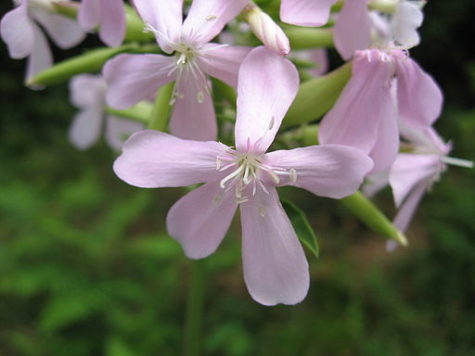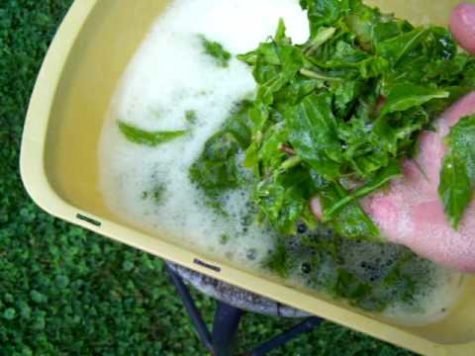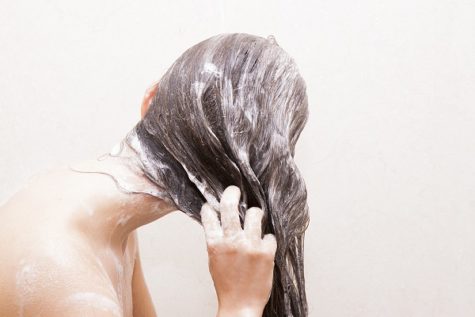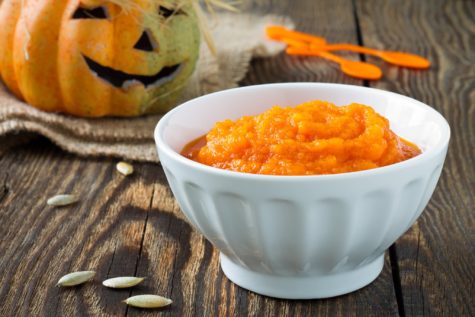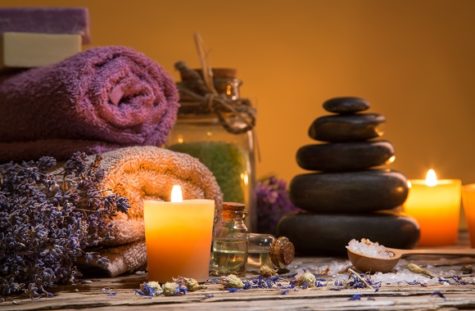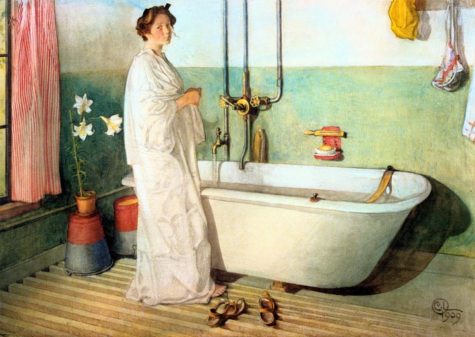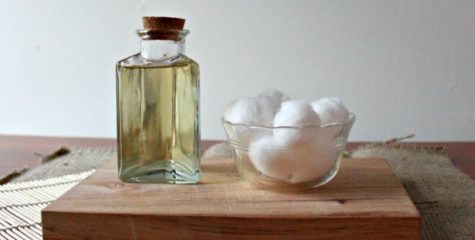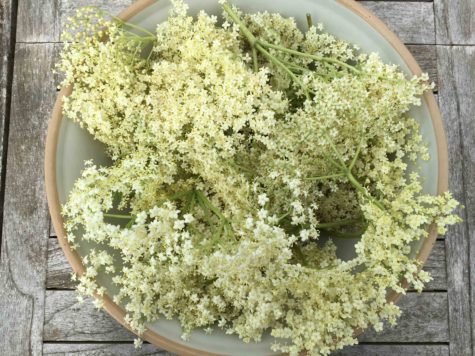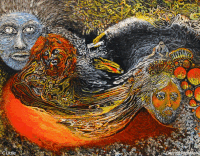Steamers and Cleansers
Soapwort Shampoo
Soapwort is easy to grow – in fact, it is rather invasive and aggressive. It is steadily winning against the mint that I planted in the same pot as an experiment to see who was stronger! It is also important to keep in mind that the very same properties that make soapwort a useful plant can also cause harm if you plant it too close to water features or ponds. The saponins in the plant can kill fish and other water creatures, but the saponins are what make this beautiful plant so wonderful!
Saponins are the part of the plant chemistry that create a soap-like cleaning action. Soapwort does not produce big bubbles like one might come to expect from soap, but the gentle soapwort infusion is a truly effective cleanser that doesn’t irritate the skin.
Harvest the tops, stems, and roots of soapwort. The whole plant works, and since it is such a quick grower, don’t be afraid to just continually harvest parts throughout the spring and summer when the flowers are blooming. Dry the plants and use them throughout the fall and winter as well.
Soapwort shampoo is a gentle cleanser for sensitive skin and dry hair. It cleans enough to leave you squeaky and fresh, but it does not strip all of the good and necessary oils away. People with chronic acne, psoriasis, or other sore skin problems can generally use soapwort infusion to clean without issues.
Simple Soapwort Shampoo
Here’s how you can make shampoo and body wash from either fresh or dried soapwort!
Ingredients
- 3 tablespoons fresh soapwort or 1 tablespoon dried
- 1 cup water
Directions
- Boil the water and add the soapwort leaves.
- Cover the pan and turn it down to a simmer for fifteen minutes.
- Let everything cool off.
- Strain the infusion through a clean kitchen towel or cheesecloth into a jar or bottle.
- That’s it!
Give the jar or bottle a good shake to bring out the bubbles and pour it in your wet hair while you shower. Use your fingertips to massage your scalp. Soapwort infusion is not as bubbly as regular shampoo, but you’ll notice your hair is squeaky clean when you rinse.
You can also add any of the following herbs for skin and hair to the pot with the soapwort:
- Mint
- Lavender
- Rose Petals
- Hibiscus (red hair)
- Chamomile (fair hair)
- Rosemary (dark hair)
- Nettles
- Sage
- Calendula
You can follow it up with a vinegar rinse, or use any of the above herbs brewed as tea for a conditioning rinse.
Soapwort Shampoo with Lemon and Catnip
Lemon Verbena for a citrus fragrance and catnip to promote healthy hair growth.
The Ingredients
- 2 cups distilled water
- 1 1/2 tablespoons dried soapwort root (chopped) (most health food stores would carry this)
- 2 teaspoons Lemon Verbena and/or 2 teaspoons Catnip
The Instructions
Bring water to a boil add soapwort and simmer, cover for about 20 minutes. Remove from heat, add herbs then allow mixture to cool. Strain the mixture keeping the liquid. Pour into a bottle. Makes enough for 6-7 shampoos. Must be used within 8-10 days. Store in a cool dark place.
Sources:
Pumpkin Facial Mask for Dry Skin
- 1/4 cup pumpkin puree
- 1 teaspoon olive oil
- t teaspoon honey
- a whole egg.
Mix the ingredients until smooth and apply to face. Leave on for 20 minutes, rinse, and pat dry.
Found at: Treehugger
Pumpkin Facial Mask For Oily Skin
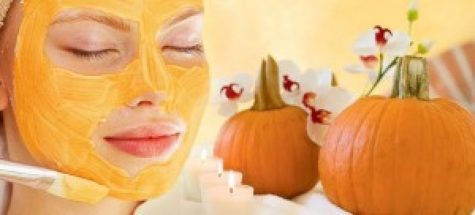
Put pumpkin’s alpha hydroxy acids to work. Combine 1/4 cup pumpkin puree with 1 tablespoon apple cider vinegar and a whole egg. Mix the ingredients until smooth and apply to face. Leave on for 20 minutes, rinse, and pat dry.
Found at: Treehugger
Pumpkin Sugar Scrub
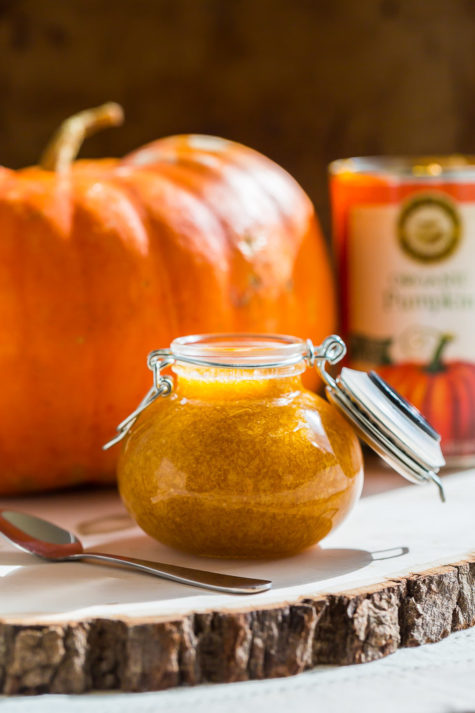
If your skin is in need of exfoliation, pumpkin makes a bang-up base for a sugar scrub. Mix together equal parts pumpkin puree and olive oil and add enough sugar until you have a thick slurry. In the shower gently rub all over with a washcloth or loofah, rinse then dry as usual.
Found at: Treehugger
Essential Oils In The Bath
Adding essential oils to your bath water is one of the best aromatherapy treatments there is, more aroma molecules are released from the oils whilst in the bath than during a massage. As you soak in the bath the hot water softens the skin which in turn speeds up oil absorption, this allows the essential oils to become more effective and potent on both the mind and body.
They are not just a simple and easy way to add a touch of luxury to your bath; they will moisten and nourish your skin, along with treating the everyday ailments that you may be suffering with.
You will also notice the aroma of the oils is so much stronger in the warm water; it’s almost like sniffing a bunch of flowers. So the next time your thinking of having a bath add a few drops of your homemade bath oil, lie back, close your eyes and enjoy.
The basic principle in making bath oils is to select essential oils for their properties and fragrance, then add them to 4 tablespoons of base carrier oil.
The easiest base oils to use in your homemade bath oils are the light base oils such as Castor Oil, Almond Oil, Jojoba Oil or even simple Sunflower Oil.
Pour your base oil into a dark or clear glass bottle or jar. If using a clear glass jar you will need to protect the oils from waning by storing the finished oils in a dark place, a bathroom cupboard is perfect for this.
Add about 20 drops of your chosen essential oils cover and shake well.
Leave the homemade bath oil to blend and mature for about 2 weeks before using.
How To Use Your Bath Oils
- Simply add 1 tablespoon of scented oil to the bath and swish around to disburse. Once in the bath use a sponge to massage the oil into the skin.
- For an extra beauty treatment whilst soaking in the bath, mixing a few elderflowers with some live yogurt will make a great little face pack that can clear the skin and help prevent wrinkles.
Bath Oil Recipes
Happiness Bath Oil
This homemade bath oil leaves you feeling warm and happy inside!
- 4 tablespoons of base carrier oil combined with:
- 10 drops Sandalwood
- 5 drops Jasmine
- 5 drops Rose
- 5 drops Bergamot
Calming and Relaxing Oil
This bath oil has a wonderfully rich and floral fragrance. A simple combination that will leave you feeling very calm and relaxed.
- 4 tablespoons of base carrier oil combined with:
- 20 drops Jasmine
- 8 drops Orange
Revitalising Oil
All of the essential oils in this recipe have been chosen to help relieve stress and depression. This uplifting oil will defiantly to put a spring back in your step.
- 4 tablespoons of base carrier oil combined with:
- 12 drops Geranium
- 6 drops Sandalwood
- 6 drops Lemon
- 2 drops Clary Sage
Relaxing Oil
Very Sweet, very fresh and very relaxing, what more can I say!
- 4 tablespoons of base carrier oil combined with:
- 12 drops Sandalwood
- 8 drops Orange
- 4 drops Rose
- 2 drops Pine
- 2 drops Lemon
Alcohol Based Bath Oil
Adding a small amount of spirits will help to distribute the oil in the bath more evenly. You will need to combine;
- 3 fl oz (100ml) Castor Oil
- 4 tablespoons vodka or brandy
- 10 drops essential oil(s) of your choice.
As with the other bath oil recipes, pour into a dark or clear glass jar or bottle (protecting the oils from daylight if using clear glass) shake well and leave to mature for 2 weeks.
Add 2 tablespoons to each bath and swish it about.
Shampoo Based Bath Oil
Baby shampoo is another very efficient carrier of oils, again helping the oils to disburse quickly and evenly in water.
- 4 fl oz (125ml) base oil (Almond Oil or Sunflower Oil
- 4 tablespoons mild baby shampoo
- 10 drops essential oil(s) of your choice
Pour the base oil into a glass bottle or jar, add the shampoo and give it a good shake.
Add the essential oil, shake again then leave to mature for 2 weeks, not forgetting to protect the oils from daylight. Add 2 tablespoons to each bath and swish it about.
Borrowed from: The Prosperity Project
10 Best Essential Oils for the Bath
Adding oils to a bath really doesn’t need to be completed, you can start by adding a single essential oil to your bath water. Essential oils normally last about 2 years if kept in a cool dark place and you literally only need a few drops so they are very cost effective.
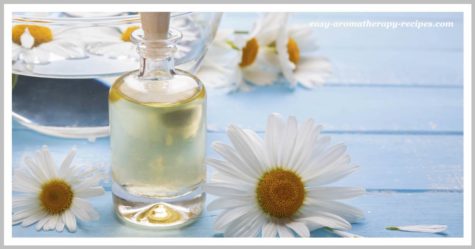
I’ve listed below those that I would recommend as the best singular all rounders that can be used and enjoyed at any time of the year.
Tips
- Before adding any oils to the bath make sure you close the bathroom door so that you can keep as much of the scent in the room as possible.
- Add the oils drop by drop and don’t be tempted to add more, working on the theory that adding twice as much will get rid of a headache quicker doesn’t work and may just end up irritating the skin.
- On average you will need about 10 drops per bath, but with some of the stronger smelling oils you will only need 5 drops. Stronger smelling oils include; eucalyptus, peppermint, bay, basil, lime, lemon, thyme, rosemary.
10 Best Essential Oils for the Bath
- Bergamot for depression – 5 drops
- Chamomile for insomnia or itchy skin – 7 drops
- Frankincense for sedative, calming and mood sweetening – 8 drops
- Geranium for relaxing yet uplifting and energizing – 10 drops
- Jasmine for apathy, stress or fatigue – 8 drops
- Lavender positive, soothing and relaxing – 10 drops
- Neroli for hypnotic with antidepressant properties – 8 drops
- Patchouli for energizing and invigorating – 5 drops
- Rose for happiness and pleasure very romantic – 10 drops
- Sandalwood for sensual and mellowing a good aphrodisiac – 8 drops
Borrowed from: The Prosperity Project
Oatmeal Almond Facial Scrub
“If you wouldn’t eat it, then don’t put it on your face.” Skin is porous, and everything that goes onto it eventually makes its way inside. Since all conventional facial cleansers, scrubs, and moisturizers are full of toxic chemicals, it’s best to avoid them completely. By sticking with edible ingredients – items that you already have in your kitchen, or can buy easily – you’ll rest assured knowing that you are not harming your body over the long term.
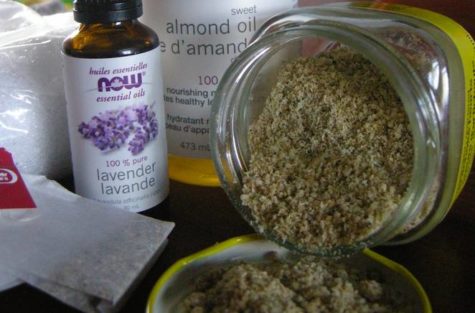
Best of all, there are no nasty plastic microbeads to contaminate the local water supply.
This homemade facial scrub leaves your skin feeling refreshed and silky smooth. The oatmeal exfoliates, the almonds moisturize, and the lavender-chamomile combination is soothing.
Homemade Oatmeal Scrub with Almonds, Lavender, and Chamomile
- 1/4 cup raw almonds (or 2 tbsp almond flour)
- 4 tbsp oatmeal
- 1 tbsp cornstarch
- 1 tbsp chamomile flowers (I used the contents of chamomile tea packets)
- 2 tsp sweet almond oil + 5 drops lavender extract — OR — 2 tsp lavender oil
Chop raw almonds in a spice grinder or food processor until they are a fine meal. Skip this step if using almond flour. Add remaining ingredients and blend well until mixture is a soft granular powder. To use each morning, put half a tablespoon of this mixture in your palm and add just a couple of drops of water. Rub hands together to make a paste.
Gently rub and massage it onto damp skin in circular motions to exfoliate. Wash off with warm water and a warm, damp washcloth; end with a splash of cold. Keep the scrub in a well-sealed glass jar and it will stay fresh for months.
Borrowed from: The Prosperity Project
A Floral Facial
Facial steams can help improve circulation to the face and open pores, while this blend can help soothe skin. Plus, treating yourself to a facial steam can be incredibly relaxing. The petals of the calendula flower, also commonly called marigold or pot marigold, are anti-inflammatory. The chamomile has been shown to have calming properties.
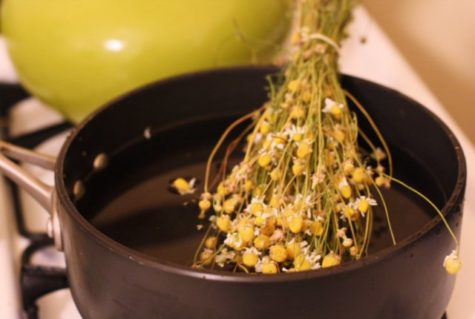
Ingredients:
- 1/4 cup dried calendula petals
- 1/4 cup dried chamomile flowers
Instructions:
Boil 2 quarts of water and remove from heat. Add the flowers and let them steep for two minutes. Then, place your face at least 12 inches over the pot (getting too close can burn), and drape a towel over your head to create a tent over the pot.
For an even more relaxing experience, you can add a few drops of lavender or peppermint essential oil. Allow the steam to bathe your skin for a minute and then come out for a few breaths of fresh air. You can repeat this process about five times.
After the steam, you can rinse your face with cool (not cold) water or a mild cleanser, and follow with a moisturizer.
Borrowed from: The Prosperity Project
Lemon Balm Astringent
- 1 Tbsp. fresh lemon balm
- 1 cup witch hazel
Combine the ingredients in a jar with a tight-fitting lid. Allow to steep for 1 week. Strain. Use 1 teaspoon per application with a cotton ball. Refrigerate if you wish.
Found at: Bay Witch Musings
Elder Flower Water
Elder Flower Water (Aqua Sambuci) is an official preparation of the British Pharmacopoeia, which directs that it be made from 100 parts of Elder Flowers distilled with 500 parts of water (about 10 lb. to the gallon), and that if fresh Elder flowers are not obtainable, an equivalent quantity of the flowers preserved with common salt be used. The product has at first a distinctly unpleasant odor, but gradually acquires an agreeably aromatic odor, and it is preferable not to use it until this change has taken place.
Elder Flower Water is employed in mixing medicines and chiefly as a vehicle for eye and skin lotions. It is mildly astringent and a gentle stimulant. It is the Eau de Sureau of the Continent, Sureau being the French name of the Elder.
Elderflower Water in our great-grandmothers’ days was a household word for clearing the complexion of freckles and sunburn, and keeping it in a good condition. Every lady’s toilet table possessed a bottle of the liquid, and she relied on this to keep her skin fair and white and free from blemishes, and it has not lost its reputation. Its use after sea-bathing has been recommended, and if any eruption should appear on the face as the effect of salt water, it is a good plan to use a mixture composed of Elder Flower Water with glycerine and borax, and apply it night and morning.
Here is a recipe that can be carried out at home:
Fill a large jar with Elder blossoms, pressing them down, the stalks of course having been removed previously. Pour on them 2 quarts of boiling water and when slightly cooled, add 1 1/2 OZ. of rectified spirits. Cover with a folded cloth, and stand the jar in a warm place for some hours. Then allow it to get quite cold and strain through muslin. Put into bottles and cork securely.
From: A Modern Herbal
Saida: Salves To Heal Up Wounds
Brenda-Lee: Egg White Cough Cure
Pat Scott: Marsh Mallow Ointment
Sharon from Cleveland, Ohio: Egg White Cough Cure
Vagabond Witch: Soapwort Shampoo
